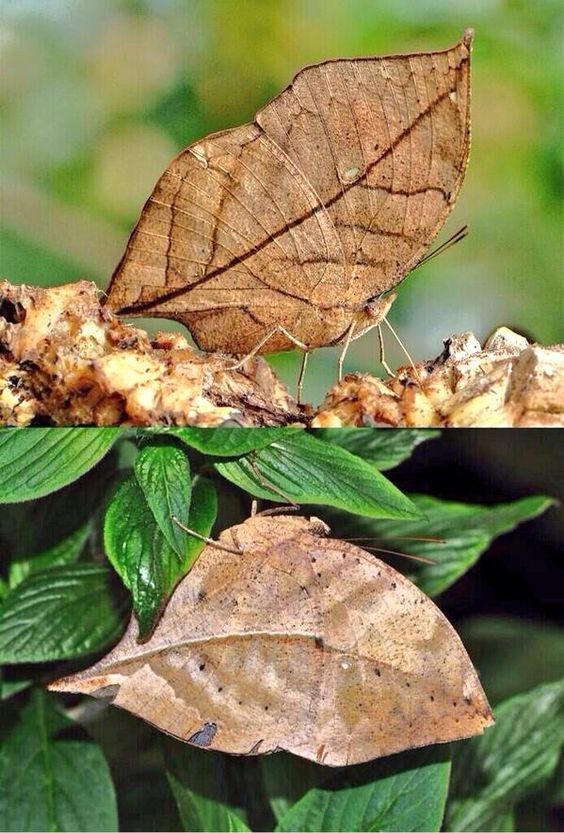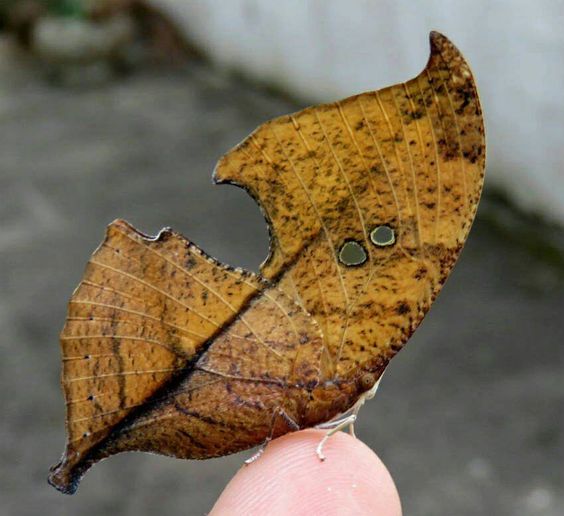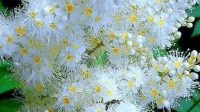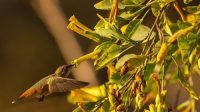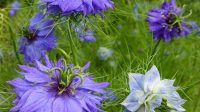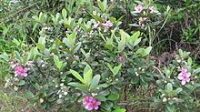Appearance and Camouflage: The Dead Leaf Butterfly, scientifically known as Kallima, belongs to a group of butterflies renowned for their astonishing leaf-like appearance. When its wings are closed, the butterfly reveals a dull, mottled underside, closely resembling a dry, decaying leaf. The intricate patterns, irregular edges, and coloration mimic the various shades and textures of a fallen leaf, rendering the butterfly nearly invisible among the foliage. This remarkable camouflage serves as a defense mechanism, allowing the butterfly to evade predators by seamlessly blending into its environment.

Habitat and Distribution: The Dead Leaf Butterfly can be found in the dense forests and woodlands of Southeast Asia, including countries such as India, Malaysia, and Thailand. These lush habitats provide an ideal backdrop for the butterfly’s camouflage, allowing it to thrive among the leaf litter and vegetation where it finds protection and sustenance.

Behavior and Adaptations: In addition to its exceptional camouflage, the Dead Leaf Butterfly possesses unique adaptations that further enhance its survival in the wild. When perched on a tree branch or leaf, it adopts a distinctive posture, tilting its wings downwards to mimic a dead leaf hanging from a twig. This behavior, combined with its incredible disguise, makes the butterfly virtually indistinguishable from a real leaf, fooling even the keenest observers.
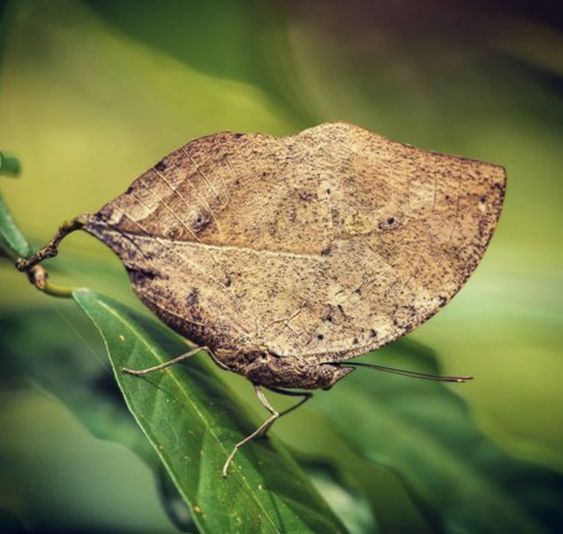
Reproduction and Lifecycle: The lifecycle of the Dead Leaf Butterfly is as fascinating as its appearance. The female butterfly lays her eggs on the underside of leaves, ensuring the protection of her offspring. Once hatched, the caterpillars resemble small thorns, camouflaging themselves among the leaf surfaces to avoid detection. As they grow, the caterpillars undergo several molting stages until they eventually form a chrysalis. Within this protective casing, they undergo a miraculous transformation, emerging as fully developed butterflies, ready to carry on the cycle of life.


Conservation and Threats: While the Dead Leaf Butterfly thrives in its natural habitat, it faces various threats that impact its population. Habitat loss due to deforestation, urbanization, and agricultural activities poses a significant challenge to the survival of this species. Additionally, illegal collection for the butterfly trade contributes to its decline. Conservation efforts focused on habitat preservation, raising awareness, and promoting sustainable practices are crucial to protect the delicate balance of this remarkable butterfly and its ecosystem.

The Dead Leaf Butterfly stands as a testament to the power of adaptation and natural camouflage. Its ability to mimic a withered leaf is a marvel of evolution, showcasing nature’s ingenuity. As we uncover the secrets of this remarkable creature, let us also recognize the importance of preserving its habitat and the delicate ecosystems it inhabits. By doing so, we ensure that future generations can continue to marvel at the astonishing beauty and camouflage prowess of the Dead Leaf Butterfly.
